Вы здесь
Lake Karakol on Mangyshlak.
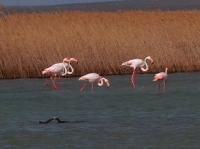
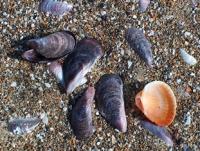
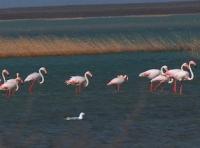
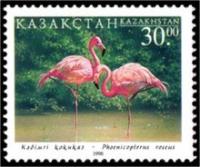
Birds watching tours to Mangystau.
“You will not experience the joy of birds flying in flight,
After all, you live in the prison of your five poor feelings"
William Blake.
Birds on Mangyshlak.
Karakol (kaz. Karakul) is an artificial lake (reservoir) located on the eastern coast of the Caspian Sea and the east of the Mangyshlak peninsula, 11 kilometers southeast of the city of Aktau, in the western part of the Mangistau region.
The lake is separated from the Caspian Sea by a narrow low dam to the northwest of the Karagiye depression. The length of the lake from the south-east to the north-west is 15.5 kilometers, with the greatest width in the southern part of the lake being 3 kilometers.
The area is over 5000 hectares. The lake is not deep up to 1 meter. Lake Karakol was formed as a settling basin of the Mangistau nuclear power plant in 1967 (according to other sources, in 1968 as a result of the flooding of the Karakolshor salt marsh by waste waters of industrial enterprises in the city of Shevchenko (now Aktau), which stretches for 41 kilometers along the coast of the Caspian Sea.
As a result, an extensive shallow flowing reservoir with numerous islets was formed. The islets and the western shore are overgrown with reeds. This created favorable conditions for nesting, wintering and resting on migration for a huge number of various near-water birds.
Near the discharge of warm waters into Karakol, the reservoir does not completely freeze even in the coldest winters. It is a specially protected natural area of the Karagiye-Karakol state zoological reserve of republican significance, created in 1986.
The lake is also included in the list of protected bird sites in Kazakhstan. It is a wintering and resting place for tens of thousands of birds. Over the year, Lake Karakol is visited by more than 80 species of migratory birds: swans, golden eagles and others.
Up to 175 species of waterfowl and semi-aquatic birds live on this wetland in different seasons of the year, including 21 species of birds listed in the Red Book of Kazakhstan and the Red Book of the CIS member states, as well as in the Red List of Threatened Species of the International Union Conservation of nature and natural resources (IUCN): little swan and whooper swan, curly and pink pelicans, yellow, Egyptian and little egret, pink flamingo, eagle owl, spoonbill, glossy ibis, black-headed gull, white-tailed eagle and others. In the 1980s, up to 22 - 25 individuals of the mute swan wintered on the lake.
Due to the lack of the necessary control, the lake turns into a dump of industrial and domestic waste.
For the first time in Karakol, pink flamingos (Phoenicopterus roseus) were recorded in the fall of 1970. In subsequent years, they began to stop every year in spring and autumn. In spring they appear in late February - early March in two separate groups of about 50 and 200 birds and stay until late April - early May, and sometimes much later, departure - late November - early December.
In the spring of 1980 there were about 1.5 thousand birds, in 1981 - a little more, and in 1982 - about 15,000 birds. During daylight hours, flamingos also use another litter for feeding with an area of about 24 hectares, flooded since 1980, located between TPP-1 and the Dorstroy farm. In November 2020, a flock of hundreds of pink flamingos flew into the lake, en route from Lake Tengiz or Kurgaldzhin to the Khazar Reserve in Turkmenistan and further to Iraq. In the southern part of Lake Karakol, there is the Ashykuduk radon source.
Geographic coordinates of the Ashykuduk radon spring: N43 ° 21'01.94 "E51 ° 20'14.62"
Geographic coordinates of Karakol Lake on the Mangyshlak Peninsula: N43 ° 29'52.03 "E51 ° 19'22.95"
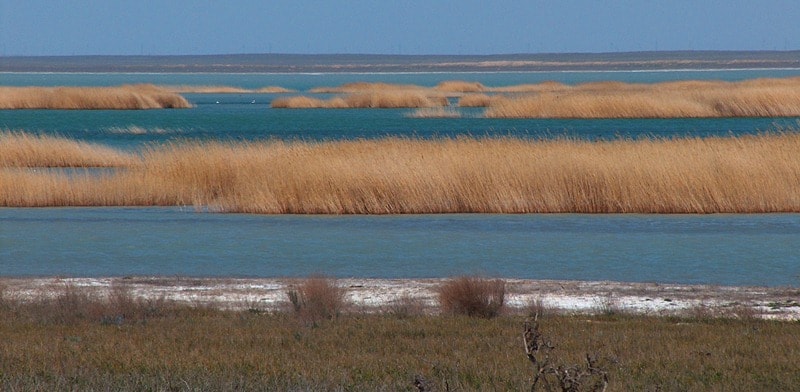
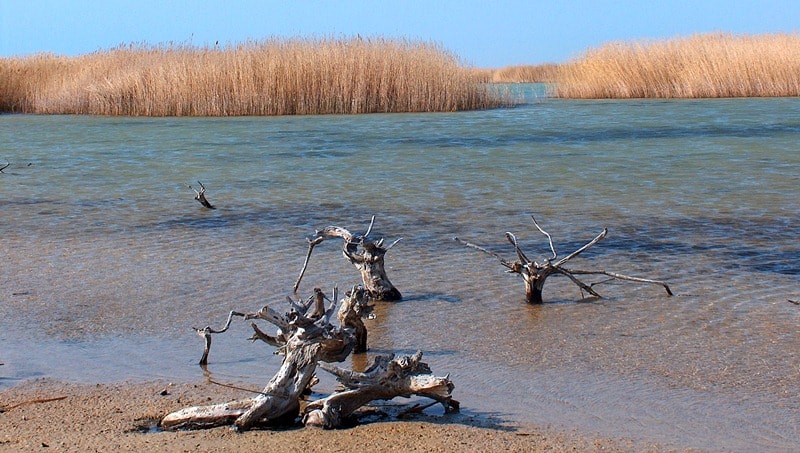
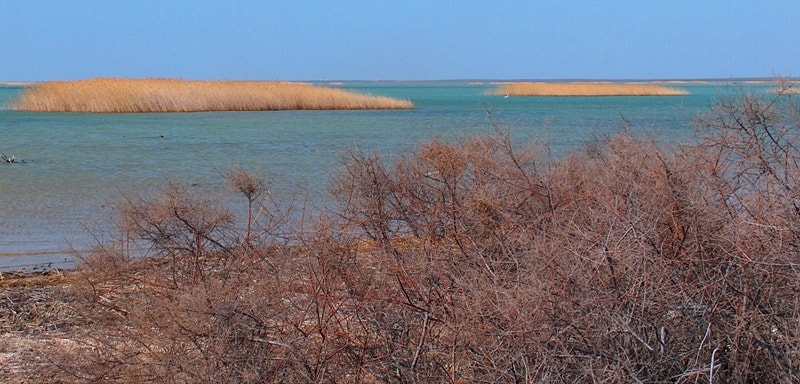
Authority:
https://ru.wikipedia.org/wiki
Photos by
Alexander Petrov.







